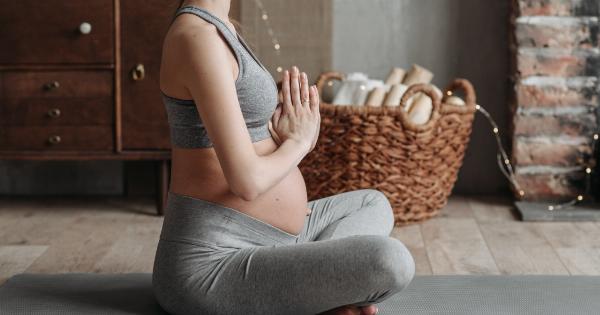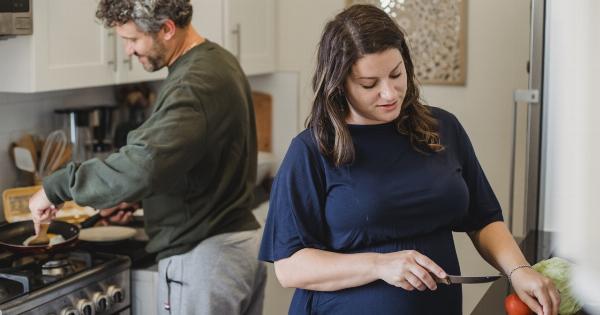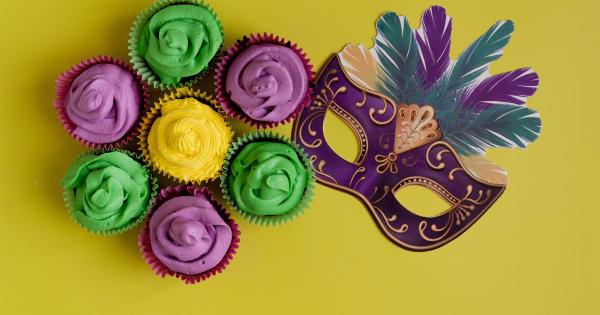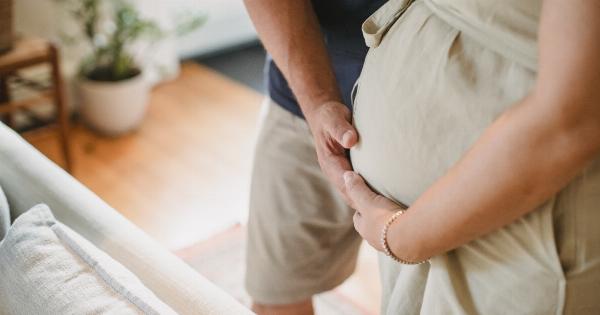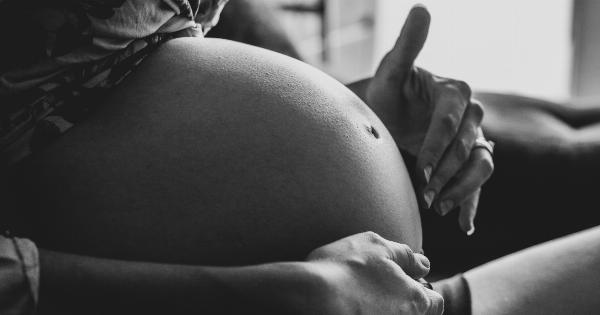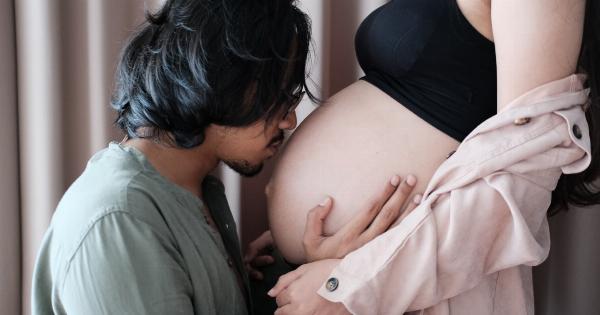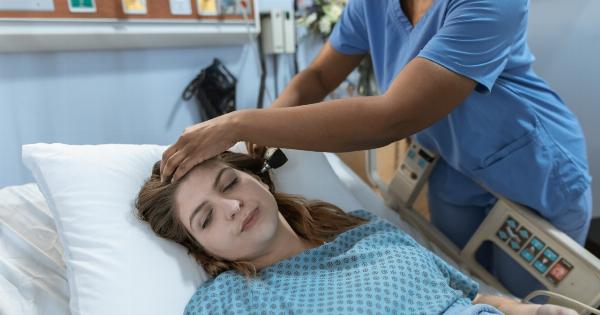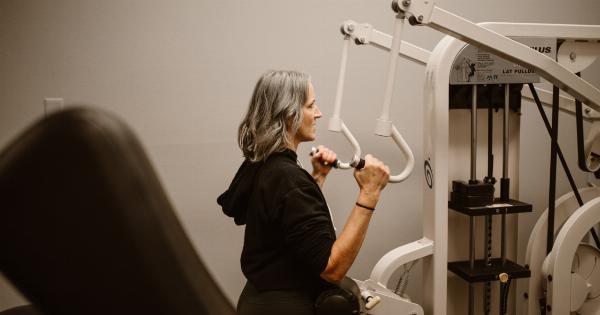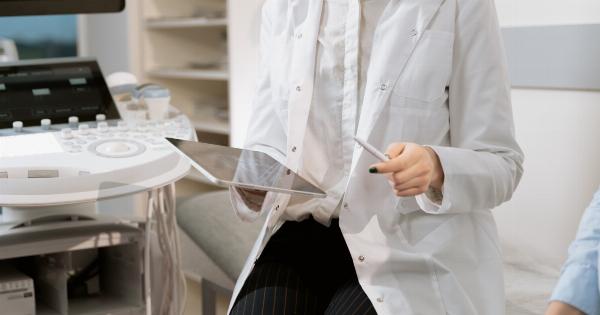Pregnancy is one of the most incredible journeys a woman can embark on. Over the course of nine months, a mother’s body will undergo incredible transformations.
From the moment of conception to the day of delivery, the human body is capable of amazing things.
Conception
The journey of pregnancy begins with conception. During sexual intercourse, sperm travel up the reproductive tract and meet an egg that has been released from the ovaries.
The sperm and egg combine to form a zygote, which will travel through the fallopian tube towards the uterus.
The First Trimester
During the first trimester of pregnancy, numerous changes occur in the mother’s body. The fertilized egg implants itself into the uterine lining, and the embryo begins to develop.
The mother may experience symptoms such as fatigue, morning sickness, and mood swings as hormone levels fluctuate. The embryo’s heart begins to beat, and by the end of the first trimester, the fetus is about three inches long and weighs a fraction of an ounce.
The Second Trimester
The second trimester is often referred to as the “honeymoon phase” of pregnancy. Some women experience a burst of energy during this time. The fetus begins to move, and the mother can often feel the movements.
The baby’s sex can be determined during an ultrasound, and the mother’s belly begins to grow noticeably larger. By the end of the second trimester, the fetus weighs around two pounds and is about 14 inches long.
The Third Trimester
The third trimester can be the most challenging for mothers as their bodies prepare for delivery. The mother’s belly is at its largest, and she may experience back pain and difficulty sleeping.
The fetus is now moving into position for delivery, with its head facing downwards. Towards the end of the third trimester, the mother may experience Braxton Hicks contractions, which are practice contractions that prepare the uterus for delivery.
Labor and Delivery
As the due date approaches, the mother may experience true contractions, which indicate the onset of labor. The mother’s cervix begins to dilate, and the baby’s head moves further down the birth canal.
During delivery, the mother pushes while a medical professional guides the baby out. Once the baby is delivered, the umbilical cord is clamped and cut, and the baby takes its first breath of air. The mother will continue to have contractions to deliver the placenta, which nourished and protected the baby throughout the pregnancy.
Breastfeeding
Breastfeeding is a common choice for many mothers. Breast milk provides a complete source of nutrition for the baby, and it has numerous health benefits for both the baby and the mother.
The process of breastfeeding can take some practice, as both the mother and the baby need to learn how to feed effectively.
Postpartum Recovery
The postpartum period is a time of physical and emotional healing for the mother. The mother’s body will gradually return to its pre-pregnancy state, but this process can take several months.
Mothers may experience symptoms such as bleeding, soreness, and fatigue. It’s essential for the mother to get plenty of rest, eat a nutritious diet, and seek support from loved ones during this time.
The Bond between Mother and Child
One of the most incredible aspects of pregnancy is the bond that develops between a mother and her child. From the moment of conception, the mother and child share a unique connection. This bond only grows stronger as the baby develops and grows.
The Final Word
The journey of pregnancy may have its challenges, but it is an incredible experience that brings new life into the world. Mothers deserve recognition for all that they go through to bring their babies into the world.

